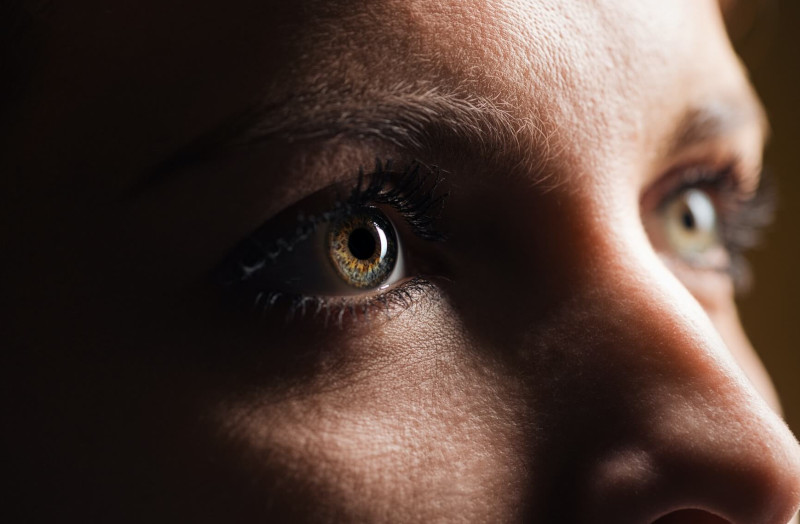Squint
Squint

What is strabismus?
Strabismus (crossed eyes) occurs when the eyes are not aligned correctly and point in different directions. One eye can look straight ahead and the other eye can point toward the nose, out, up, or down. The misalignment can alternate from one eye to the other.
Strabismus affects vision because, to see properly, both eyes must point to the same place.
Eye movement is controlled by six muscles
One muscle moves the eye to the right and another muscle moves the eye to the left. The other four muscles move the eye up, down, and at an angle. To focus your eyes on a single image, all six muscles must work together.
What causes strabismus (crossed eyes)?
In order to align and focus both eyes on an object, all the muscles in both eyes must be balanced and working together. The brain controls these muscles. People with strabismus usually have problems that can affect the eye muscles. Some of those problems may include:
Health problems, such as diabetes, thyroid disease (Graves’ disease), myasthenia gravis, brain tumors, or stroke
Accidents or head injuries
Damage to the eye muscles during some eye surgery
Most adults with strabismus have had it since they were children. However, on some occasions, it starts later.
How does adult strabismus affect vision?
When vision is normal, both eyes point to the same place. The brain combines the two images it gets from the eyes to form a single three-dimensional (3D) image. This is how we can tell how close or far something is from us (this is called depth perception).
When one eye is misaligned, two different images are sent to the brain. In a young child, the brain learns to ignore the image of the misaligned eye. Instead, you only see the image of the eye that is not deviated or has better vision. Consequently, the child loses depth perception.
People in whom strabismus manifests after childhood often have double vision. This is because the brain has already learned to receive images from both eyes. The brain cannot ignore the image it gets from the deviated eye; therefore, these people see two images.
Treatment of strabismus (crossed eyes)
There are several ways to treat adult strabismus.
Strabismus surgery (crossed eyes) in adults
It is the most common treatment for strabismus. Surgery can improve the alignment of the eyes and help restore correct vision.
In general, strabismus occurs when the muscles around the eyes are too stiff or too weak. Your ophthalmologist can loosen, tighten, or move certain muscles in your eyes so they line up properly and work together. You may need to have more than one surgery to treat your strabismus.
The surgery is usually performed on an outpatient basis in a hospital or surgical center, under general or local anesthesia. Your ophthalmologist makes a small cut in the tissue lining the eye to reach the eye muscles. The muscles are then repositioned to help the eyes point in the same direction. This can be done on one eye or both. After strabismus surgery, you will be able to return to your daily routine in a few days.
Exercises for the eye muscles
Your ophthalmologist can teach you exercises to help you turn both eyes inward. These exercises can help if you have “convergence insufficiency.” This happens when the eyes don’t align properly for close-range tasks, like reading or working on the computer.
Prism Glasses
A prism is a wedge-shaped lens that bends (refracts) light rays. The prism can be added to the glasses or it can be made as part of the lens. Prisms can help some people with mild double vision see one image instead of two.
Botulinum toxin (Botox)
In some cases, an injection of this drug into the eye muscles can help treat strabismus, as it paralyzes the muscles that prevent the eyes from aligning properly. The effect may only last a few months, or it could permanently improve the alignment.
It’s never too late to treat strabismus
You don’t have to live with the hassle and hassle of misaligned eyes. With the help of your ophthalmologist, you can find a treatment for your strabismus.
